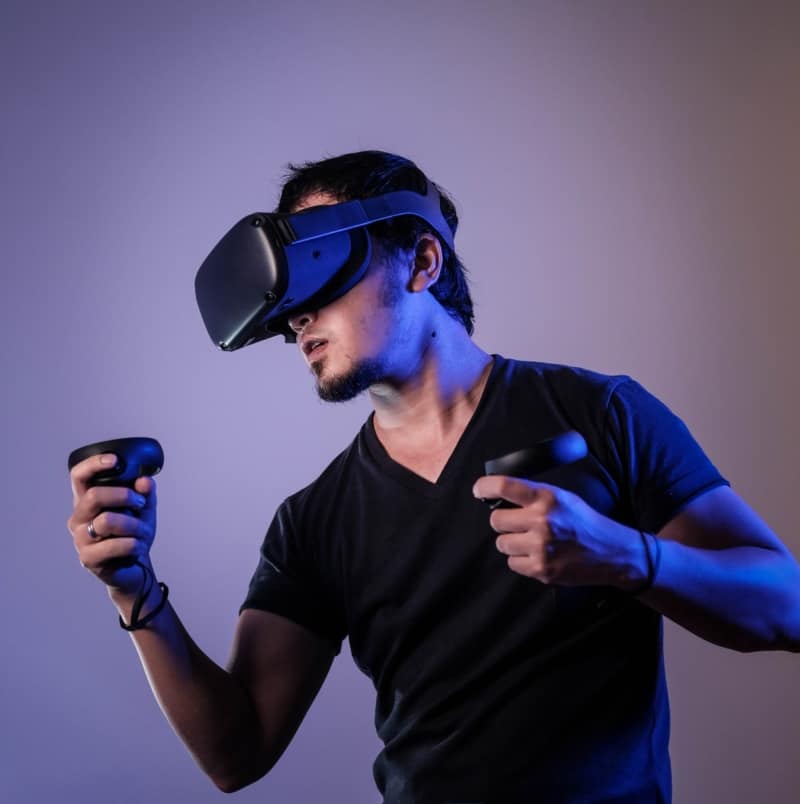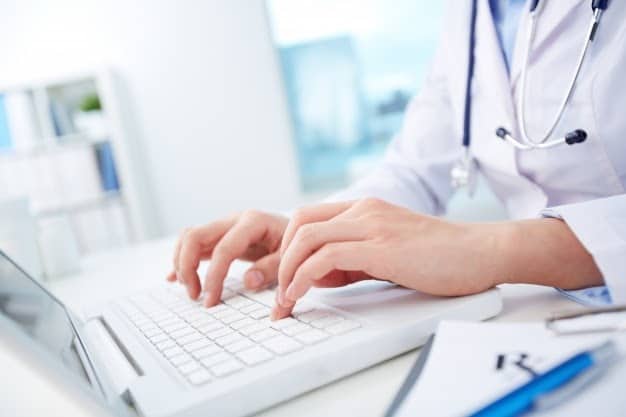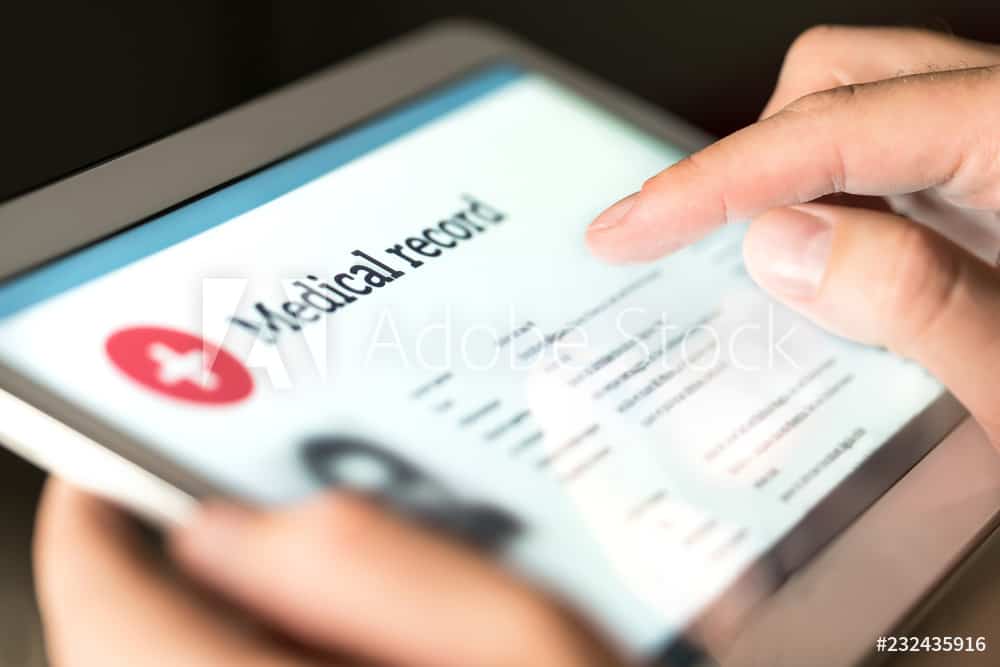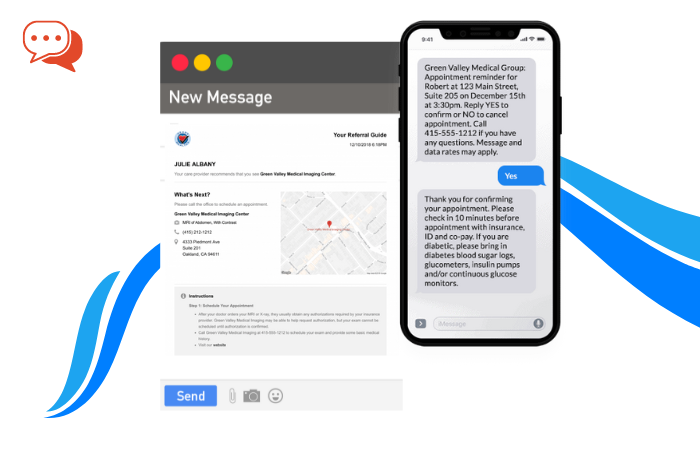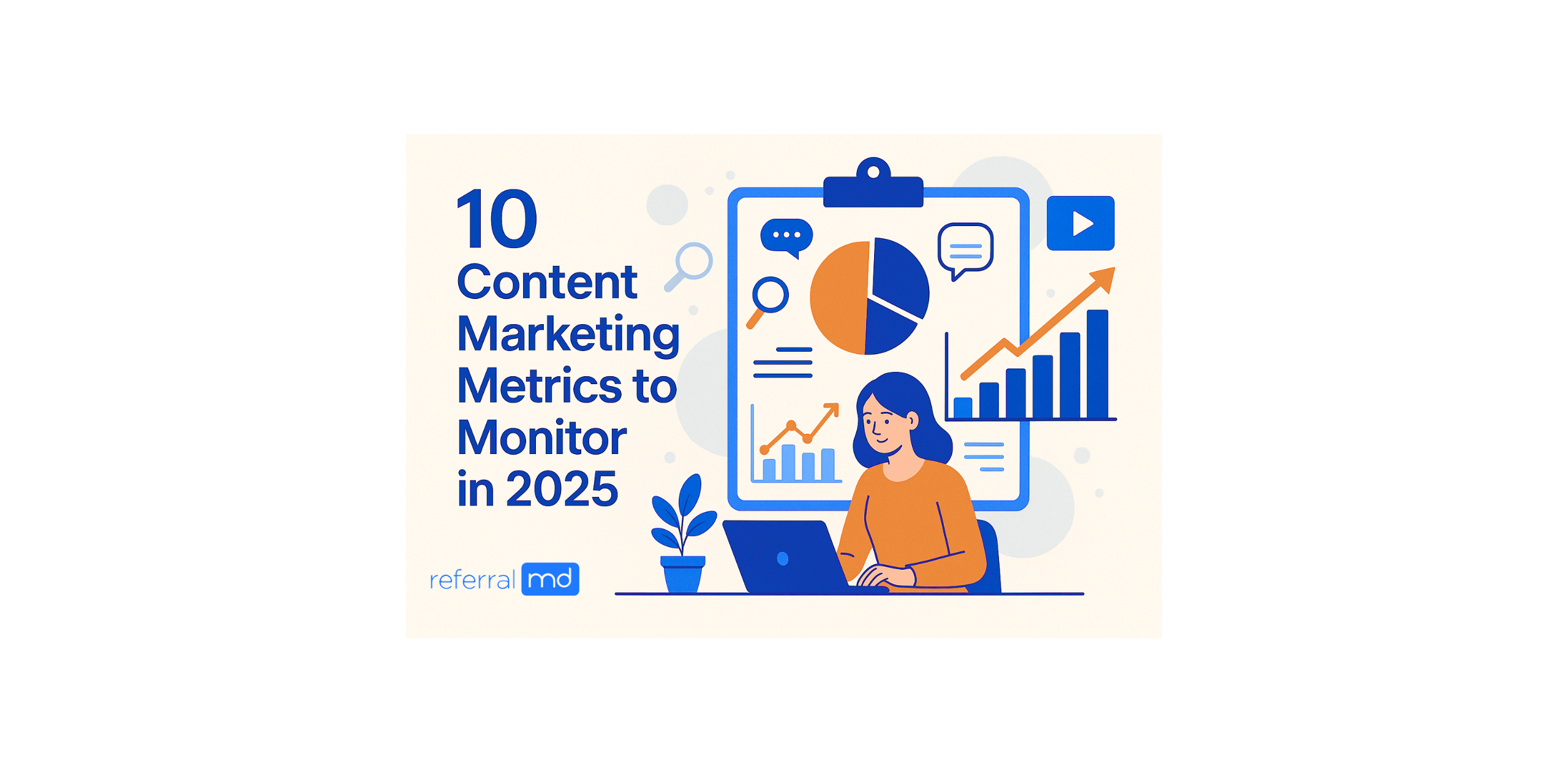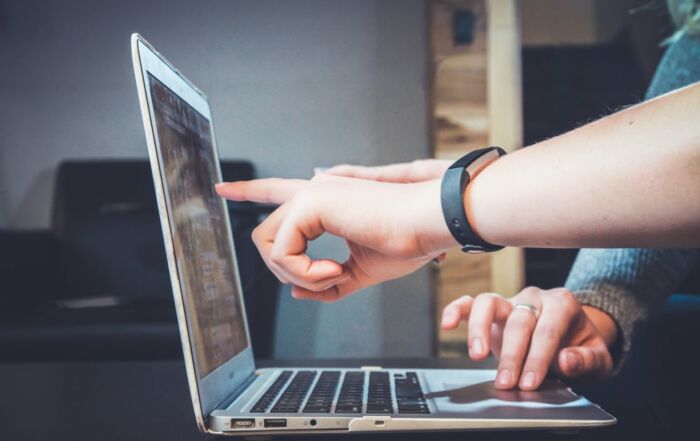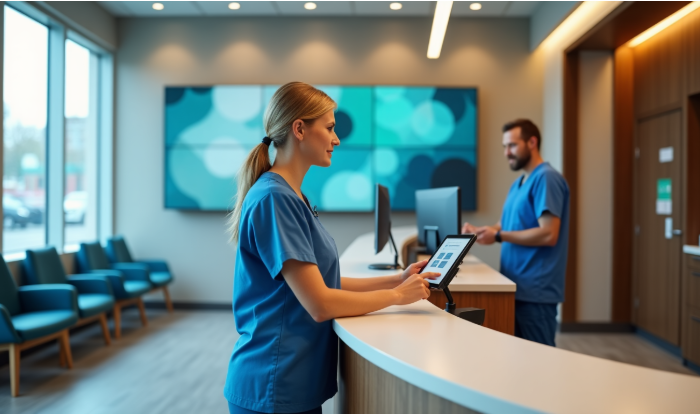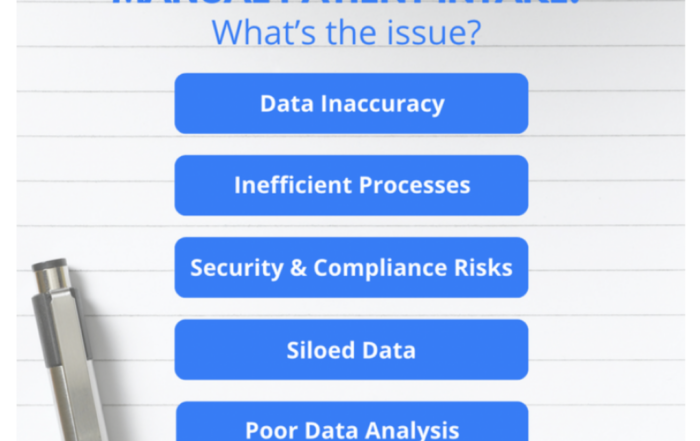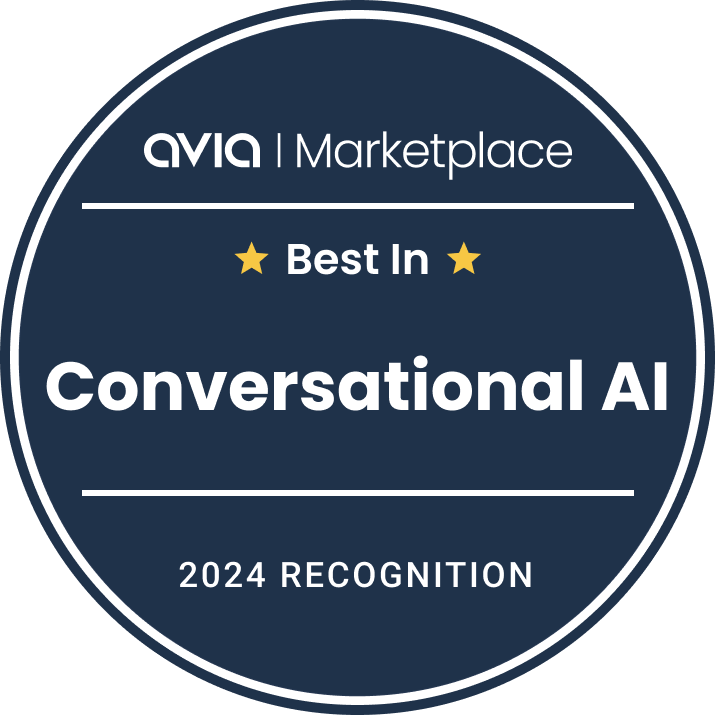2024 Updates for iOS Healthcare Apps
With the rise of new technologies, iOS healthcare apps in 2024 are pushing the boundaries of patient care. The latest iOS apps integrate Apple’s advanced health sensors, found in devices like the Apple Watch, to provide real-time health monitoring. Apps focused on fall detection, ECG tracking, and brain health are gaining traction for their ability to provide early diagnostics and fast responses.
Telemedicine continues to grow, offering remote consultations and virtual health check-ups, while AI-powered chatbots provide 24/7 assistance. Additionally, machine learning and IoMT (Internet of Medical Things) help with predictive diagnostics, allowing healthcare providers to monitor patient health remotely and intervene before critical issues arise.
With the integration of AR/VR technologies, medical professionals can now use advanced diagnostics, 3D visualizations, and virtual reality simulations to improve both patient care and medical training.
These innovations make iOS healthcare apps more vital than ever, improving outcomes, saving time, and reducing healthcare costs. With ongoing advancements, 2024 is set to be a game-changing year for healthcare technology.
Learn more about these developments at ReferralMD.
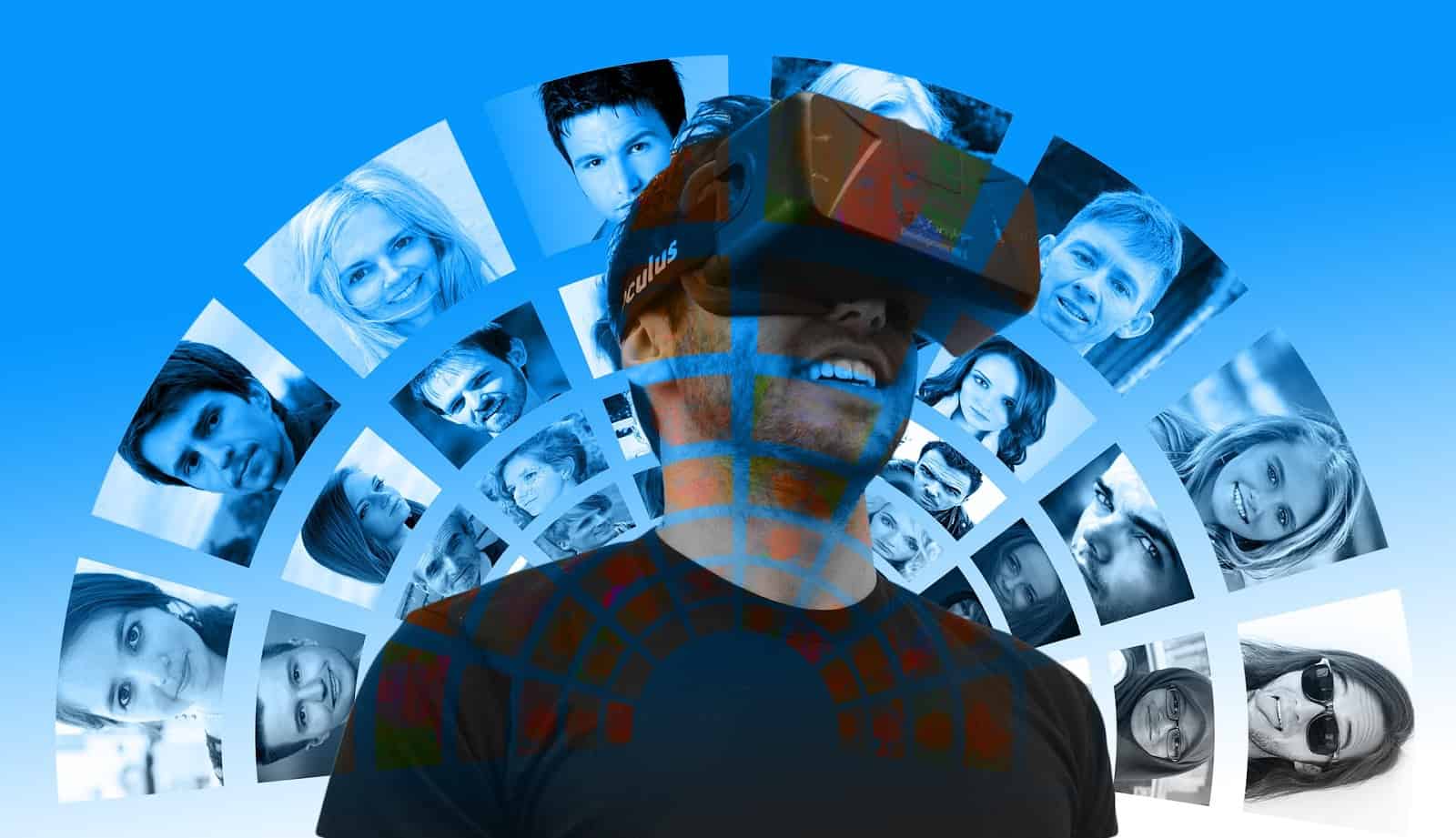
Trust Apple to take the lead on technology and look for others to follow. iOS app developers are pushing out iOS apps by the dozen to cater to varied requirements. Healthcare is receiving significant attention as the famed Apple watch gains in popularity. This year is a promising time for iOS healthcare apps, and we can expect even more in 2021.
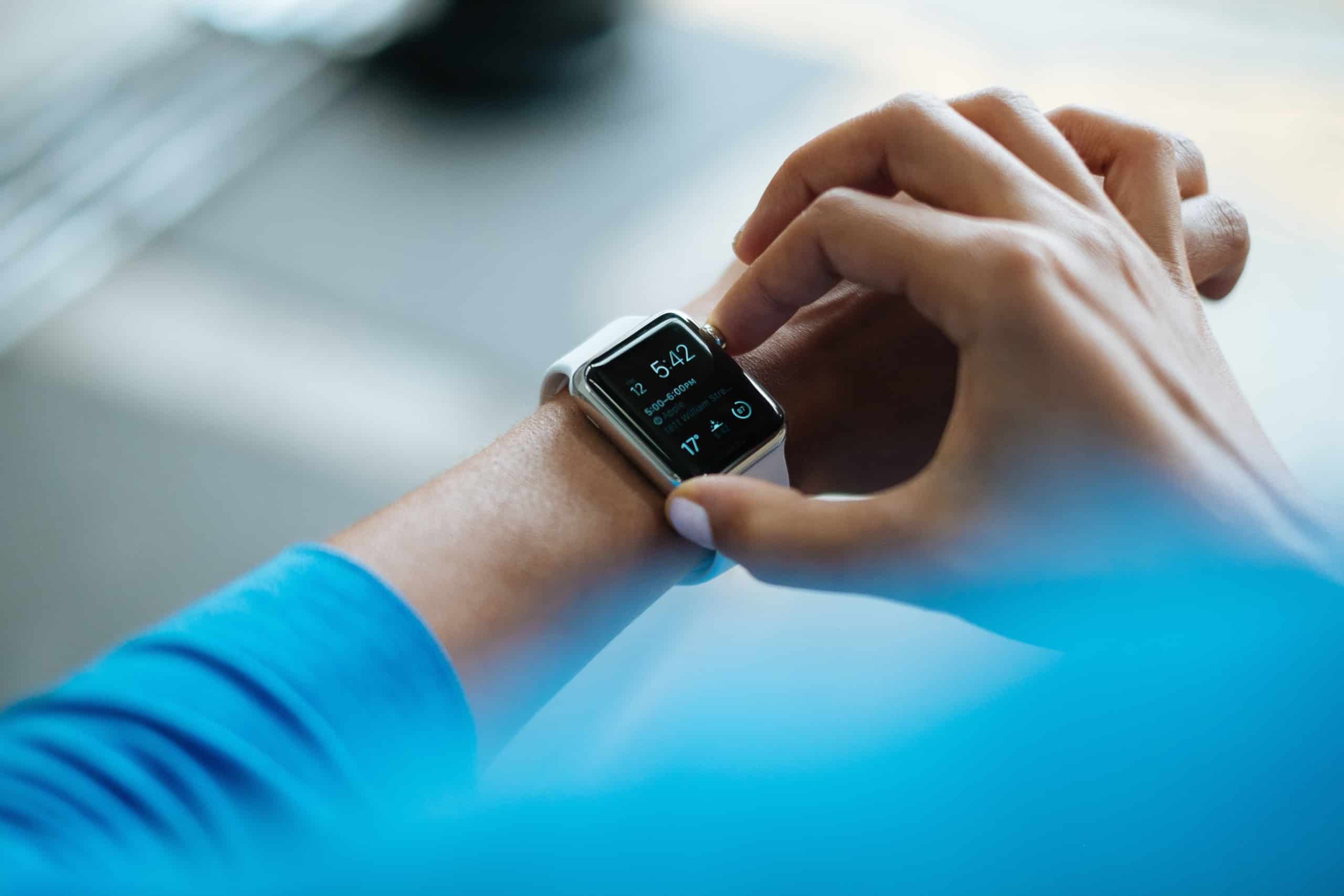
Photo by Free-Photos on Pixabay
Apple watch-centric iOS apps
The Apple Watch incorporates quite a few sensors to monitor users’ health conditions. Innovative apps are available, and more are on the way. Smart iOS developers leverage the watch’s features and tie it with Apple devices to provide a different perspective on healthcare. It helps users, and it helps doctors, too.
Fall detection
The watch’s accelerometer and gyroscope include fall detection. Patients may wear the watch, and the app connects to their smartphone. Remote alerts could help healthcare providers rush to the patient’s aid. The app can monitor people with diabetes, BP issues, stroke patients, and others.
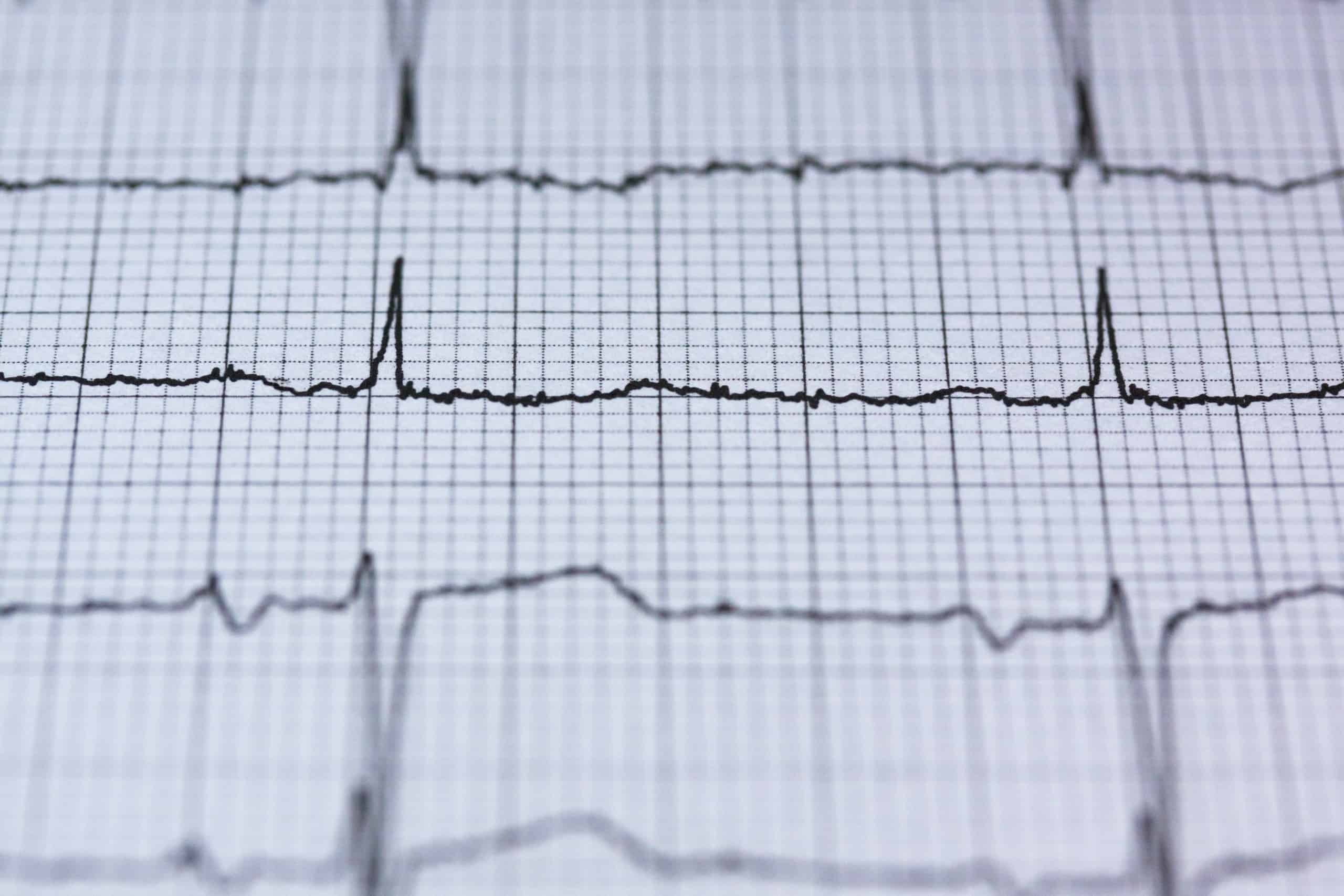
Photo by on Pexels
ECG app
ECG app is available to work with Apple Watch series 4. This innovative iOS app goes beyond simple monitoring of heartbeat and heart rate. It can track skipped heartbeats and irregular rhythms and, more importantly, capture ECG data. This data can be exported as a PDF file for a doctor to review. Its data is similar to 12 lead ECG data.
These two are just representative samples of what the Apple Watch 4 is capable of. Also, a medical ID can be created and linked with patient records that a doctor can access. Speed matters in treating heart ailments, and these apps help patients and healthcare service providers react quickly.
Brain
If heart health is essential, so is brain health, and one app that is likely to make a significant impact is the Coma Scale app. The app evaluates the conscious state, which is essential to assess, especially after a brain injury.
Healthcare practices can combine these apps with other tools available on iPhones, such as Siri, which lets patients record their current status and transmit it for a doctor to assess and provide appropriate emergency guidance.
General health care and ICU
Doctors working in emergency units must keep track of various parameters besides knowing about drug dosage and nutrition. One such app that is likely to become the defacto reference tool is the ICU app. It can help calculate drug dosage, antibiotics therapy, body weight, calcium correction, and CVC optimal positioning. It gives patients access to data on atrial fibrillation, BISAP, and CPIS pulmonary infection. To deliver a better patient experience, doctors can access guidelines such as delirium protocol and hemodynamic optimization.
AR and VR
AR and VR promise much but have not delivered so much. Still, there is hope. AR and VR can deliver a better patient experience while being useful in therapy to reduce pain and improve sleep. These can become part of healthcare technology to let amputees envision their present and future state. Another way these technologies are being used is to help those with post-traumatic stress disorder relax and understand their condition. More to the point, AR/VR can help visualize data for referral management. The technology can display patient body scan statistics with pointers to problematic areas. iOS developers are working on advanced diagnostics and risk assessment in which AR helps detect conditions by visualizing sensor information. Doctors can check circulatory systems and organs. Medical students will find VR apps quite helpful in understanding surgical procedures. Surgeons can rehearse procedures and carry out such procedures speedily with the help of virtual reality-based apps. Then, there are more mundane apps based on AR/VR that help remote diagnosis and help patients navigate hospitals.
IoT and machine learning
There is still more in store for the healthcare industry and patients. CoreML framework integrates into the iOS system to make it possible to bring machine learning to apps. Add the cloud integration facet, and a whole new world opens up in healthcare IT technologies that will boost speedy remote diagnosis, identify graver issues such as cancer at an early stage, and provide convergence for healthcare services. Now add the Internet of Medical Things (IoMT), and one can visualize how easy it becomes for doctors (and patients) to keep track of skin temperature, blood pressure, and sugar levels. There are challenges such as cross-compatibility of IoT sensors, but iOS developers thrive on these challenges.
Telemedicine
While the above situation involving ML and cloud is likely to gain traction in the coming years, for the present, apps that assist with telemedicine are at the forefront, especially in the US healthcare system. Telemedicine-based apps will do away with the long wait times for patients and help distribute loads across hospital doctors. A patient who finds it inconvenient to travel can keep regular touch with their physicians through telemedicine apps.
Intelligent medical chatbots
Chatbots are shared on websites. The primitive ones have a programmed set of responses. AI-infused chatbots can converse nearly as humans do, and now, we can look forward to medical chatbots that can interact with patients and identify issues. A doctor may take further action to access the transaction. It is no secret that patients have many questions,, but doctors, hard-pressed for time, can be brusque and discouraging. The medical chatbot app saves the day for the patient who can interact, and such interaction could provide surprising insights for the physician.
Benefits of IoS Healthcare app development
- As can be seen, the iOS environment is fertile and high-tech, allowing iOS developers to develop ordinary healthcare apps like health monitoring apps or more sophisticated ones like Microsoft’s Project Inner Eye, AI-based radiotherapy, and 3D contouring tools. Specific apps provide tangible benefits:
- Cost-saving for patients and healthcare services
- Reduction in time doctors spend on each patient.
- Self-monitoring capability
- Advance warnings of potential risk areas to warrant early intervention
- Peace of mind for patients, knowing they can expect fast responses.
- Better diagnostics at a lower price for healthcare service providers with consequent benefits for patients
Conclusion
Most apps are either commercially oriented, serve to entertain or fulfill some function. However, healthcare is an entirely different area. There is a service component: the vital speed that results in saving lives, and technology helps doctors deliver even better services. Healthcare service providers improve their image and engender loyalty that translates to revenues if they assiduously go in for health-related iOS app development.
